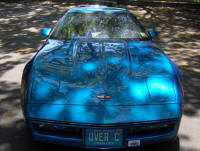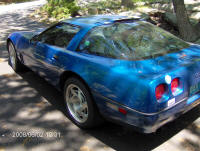The National Museum of Natural History in Washington may not leap to mind when both engines on a high-tech plane quit at 3,200 feet. But around the corner from the stuffed African elephant that greets the visiting hordes of schoolchildren, down a back hall from the employee bike rack, a staff of four in the Feather Identification Lab took in samples from 4,600 bird-plane collisions, or bird strikes, last year. Arriving mostly in sealed plastic bags, these included birds’ feet, whole feathers or tiny bits of down, and pulverized bird guts, known as snarge.
Correctly identifying the species involved in a bird strike can be important, said Carla J. Dove, the lab’s director. “If people know the cause of a problem, they can do something about it,” she said. “If you have cockroaches, you don’t call an ant exterminator.”



